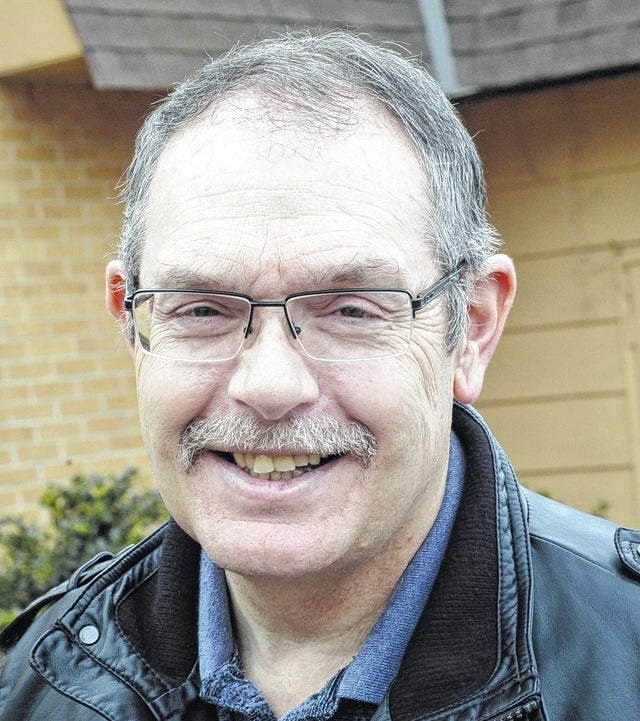Troup extension agent: Renew land through reforestation
Published 12:00 am Friday, January 29, 2016

The landscape has changed much since the land lotteries of the 1820s opened up west Georgia to settlement.
The Native Americans that were here prior to settlement were part of the Creek Indian Nation. They farmed the bottomland for corn, harvested the abundant crops of acorns, hickory nuts, walnuts and chestnuts.
The wildlife in the forests and streams provided plenty of protein for their diets. They taught the early settlers about controlled burns and how it renewed the forest for both wildlife and the trees.
The settlers began to plant more than the corn and vegetables to sustain their lifestyle. Cotton became the chief cash crop. The trees that did such a good job holding the soil were cut and burned in the first wave of farming. Cotton grew well on the rich forest topsoil.
As the rains came each year, the topsoil grew thinner and thinner, especially on the hillsides. Some farmers abandoned the land and moved on. Nature takes over and soon those fields were covered with pine trees.
Some foresters say that the shortleaf pine tree saved the Georgia forests. This cycle may have happened as many as three times. The pine trees would be harvested and the land replanted in crops.
In the 1940s and ’50s the farms in Troup County transitioned from growing cotton to raising beef and dairy cattle, and establishing tree farms. Currently, there is nearly 198,000 acres of forestland in Troup County.
An acre is about the size of a football field. That is a lot of football fields. Forests can be managed not only for timber, but also for recreational uses such as improving wildlife habitat, hiking, camping and hunting. You can do both.
Most of us have seen the negative impact of timber harvesting. The land looks like a battlefield after some timber harvesters are through. A “For Sale” sign soon goes up. The regrowth is usually overpopulated with undesirable species and takes years to heal over.
This doesn’t have to happen. Landowners with a forestry management plan can develop goals to meet their objectives for income and recreational uses.
Best management practices can be implemented. Replanting or reforestation is the first step in reclaiming cutover or abandoned farmland. The Georgia Forestry Commission and the Natural Resource Conservation Service has programs to help defray the cost of reforestation.
On Feb. 18 at 7 p.m. at the Ag Center in LaGrange, Joseph Moore, a forester with the Georgia Forestry Commission, will provide a program on reforestation. If you’re interested in improving your land, call the extension office or email to register for the program.
Watching trees grow is a lot like watching kids grow. If we do a good job of raising them, the likelihood of them turning out well is pretty good. We might not be around when they reach full maturity, but we can take pride that we helped them on the journey.
What’s going on in Extension?
Tree seedlings can be ordered from the Georgia Forestry Commission, 706-845-4122.
Feb. 10: “Small Farm and Agriculture Workshop: Localizing the Business of Food,” 8 a.m. to 5 p.m., Callaway Center, 220 Fort Drive. Call 706-881-1249 for more information.
Feb. 11: MGEV Meeting, Ag Center, 7 p.m. Guest speaker: Tia Gonzales, Auburn University.
Feb. 15: Troup County Association of Beekeepers, 7 p.m., Ag Center.
Feb. 16: Troup County Cattleman, 7 p.m., Ag Center. Dinner starts at 7 p.m. for $6.00. Program begins at 7:30 p.m. Guest speakers: 4-H and FFA Officers
Feb. 18: Timber Growers Meeting, Ag Center, 7 p.m., Guest speaker: Joseph Moore. Topic: reforestation.


